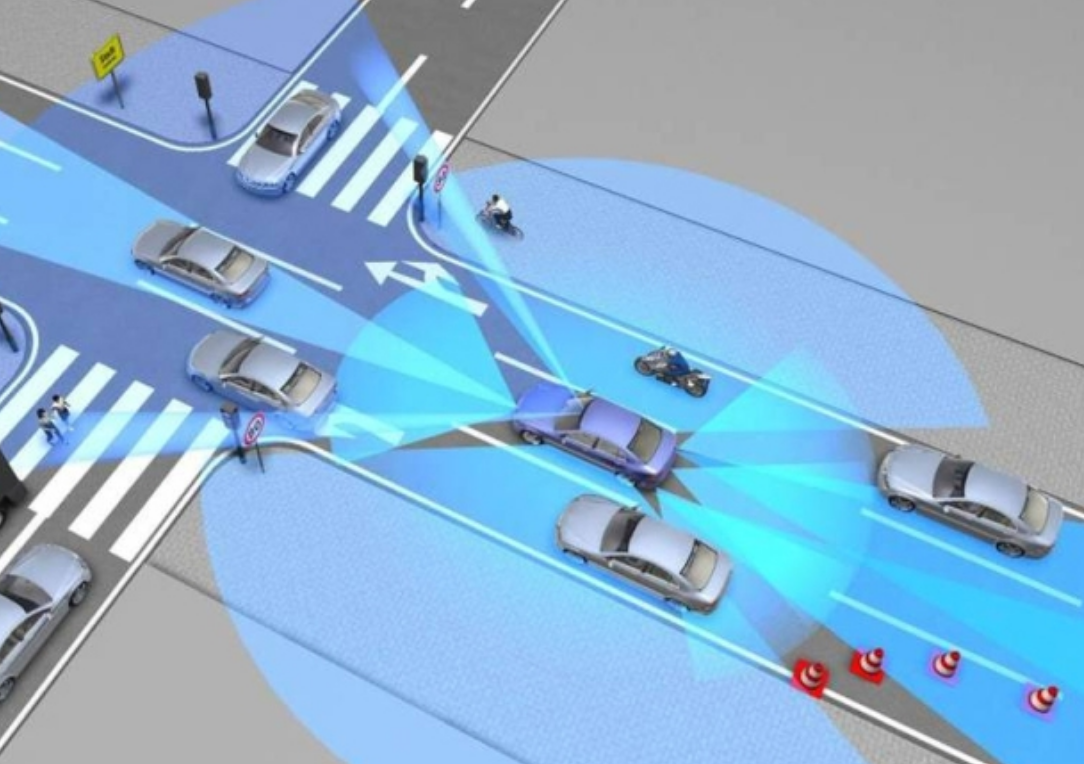Intel and Mobileye Strive to Prove Safety of Autonomous Vehicles
Speaking recently at the World Knowledge Forum in Seoul, South Korea, professor Amnon Shashua, Mobileye CEO and Intel senior vice president, offered the autonomous driving industry what they claim to be a way to prove the safety of autonomous vehicles.
In his talk, Shashua called upon the industry and policymakers to “collaboratively construct standards that definitively assign accident fault” when human-driven and self-driving vehicles inevitably collide. He explained that all the rules and regulations today are framed around the idea of a driver in control of the car and that new parameters are needed for autonomous vehicles.
Shashua explained: “The ability to assign fault is the key. Just like the best human drivers in the world, self-driving cars cannot avoid accidents due to actions beyond their control. But the most responsible, aware and cautious driver is very unlikely to cause an accident of his or her own fault, particularly if they had 360-degree vision and lightning-fast reaction times like autonomous vehicles will.”
The RSS model formalizes this in a way that ensures self-driving cars will operate only within the framework defined as “safe” according to clear definitions of fault that are agreed upon across the industry and by regulators.
“As regulators and policymakers around the world struggle with how to manage the deployment of automated driving without stifling innovation, having a common, open method of evaluating the efficacy of the technology seems like a good starting point. The Responsibility Sensitive Safety model proposed by Mobileye seems like a viable place to start the conversation. At least as an evaluation method, it doesn’t lock anyone into specific technologies while also providing a good framework for the decision-making process within control systems,” said Sam Abuelsamid, senior research analyst contributing to Navigant Research’s Transportation Efficiencies program.
Category: General Update, News, Safety










